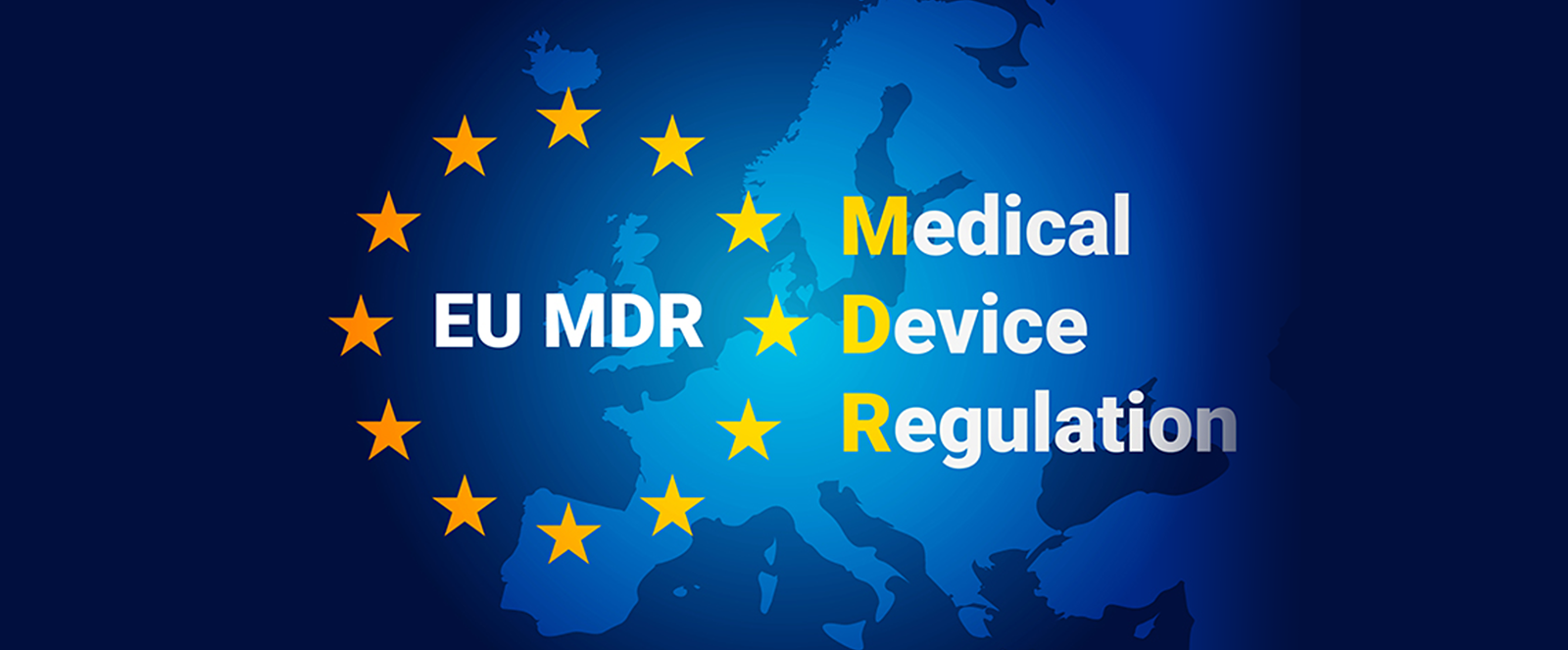What are IVD Medical Devices?
Medical devices and in vitro diagnostic (IVD) medical devices have a fundamental role in saving lives by providing innovative healthcare solutions for the diagnosis, prevention, monitoring, prediction, prognosis, treatment, or alleviation of disease. The difference between a medical device and an IVD medical device is that IVD devices are tests used on biological samples (such as tissues, blood, or urine) to determine the status of a person's health. Unlike medical devices or pharmaceuticals, IVD medical devices never come into contact with a person. IVD medical devices fulfill their role based on information that they provide and not on their direct action on the patient. Even though IVD devices do not cause direct harm, they may pose risks if their use leads to incorrect diagnoses and puts patients at increased risk of making consequential and perhaps irreversible medical decisions on the basis of inaccurate test results. Therefore, it is important that IVD medical devices demonstrate safety and effectiveness through analytical and clinical validation.
To be absolutely precise, the IVD medical device is defined in the IVDR (EU) 2017/746 as "any medical device which is a reagent, reagent product, calibrator, control material, kit, instrument, apparatus, piece of equipment, software or system, whether used alone or in combination, intended by the manufacturer to be used in vitro for the examination of specimens, including blood and tissue donations, derived from the human body…". There are over 40,000 different IVD products available that provide information to doctors and patients on a huge range of conditions [1], from self-tests for pregnancy and blood glucose tests for diabetics, to sophisticated diagnoses performed in clinical laboratories. Other examples of IVD devices are HIV tests, devices for human genetic testing, devices for blood grouping, companion diagnostics or COVID-19 tests.
In vitro diagnostics (IVDs) form an essential part of today's healthcare since approximately 66% of clinical decisions are influenced by the use of in vitro diagnostics [1]. By allowing earlier and more targeted treatments, IVDs help to reduce hospital stays and convalescences, resulting in healthier populations, reduced costs, and economic growth in the long run [2]. We believe that SBAS IVD medical devices are valuable tools to guide users to the right healthcare professional and can significantly shorten the path to the final diagnosis, which is often associated with expensive diagnostic procedures. In this way, healthcare professionals can make faster and more accurate diagnostic decisions and consequently improve the patient's treatment and reduce treatment costs.
References:
[1] Rohr UP, Binder C, Dieterle T, Giusti F, Messina CG, Toerien E, Moch H, Schäfer HH. The Value of In Vitro Diagnostic Testing in Medical Practice: A Status Report. PLoS One. 2016 Mar 4;11(3):e0149856. doi: 10.1371/journal.pone.0149856. Erratum in: PLoS One. 2016;11(4):e0154008. PMID: 26942417; PMCID: PMC4778800.
[2] European IVD Market Statistics Report, MedTech 2020.






